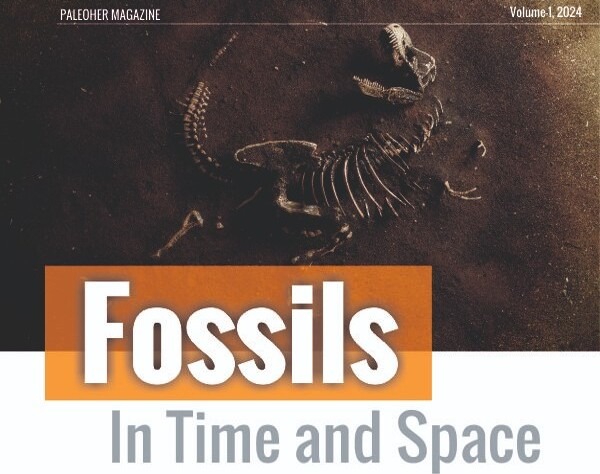Leave a comment
Skip to content
Skip to sidebar
Skip to footer
Butterfly Elf, What’s Your Favorite Nectar?
Prof. James H. Yang, National Yunlin University of Science & Technology, Taiwan







